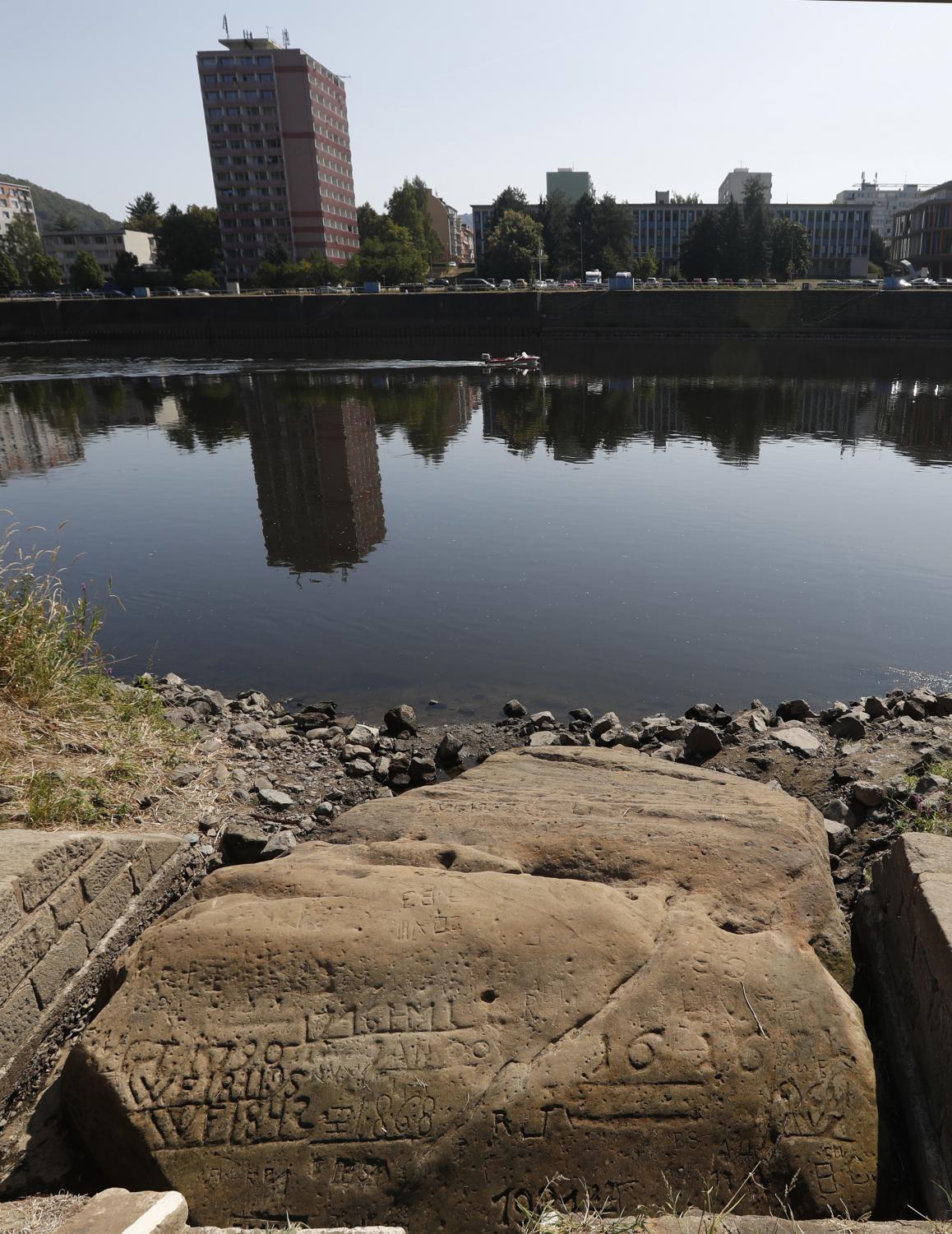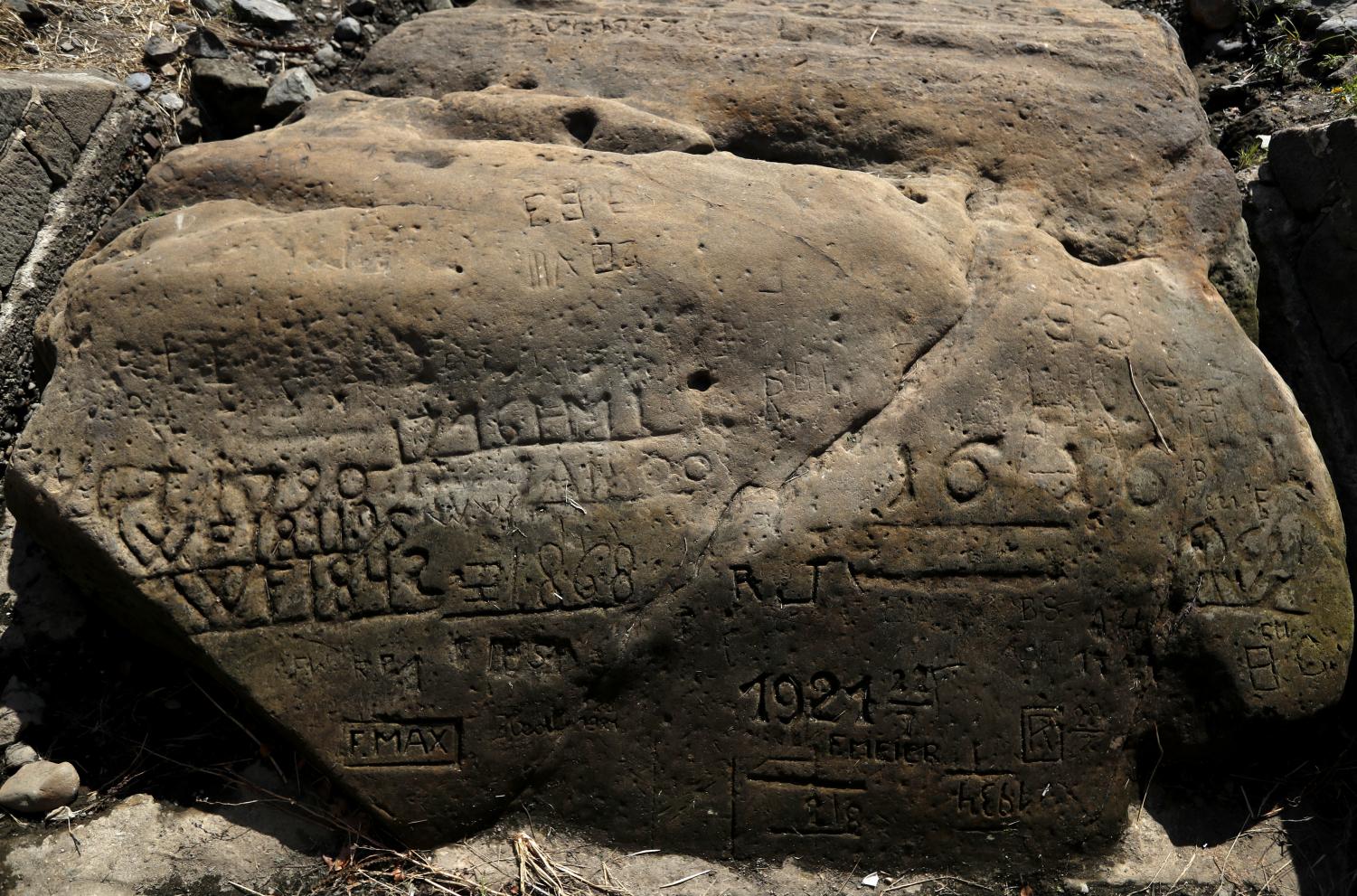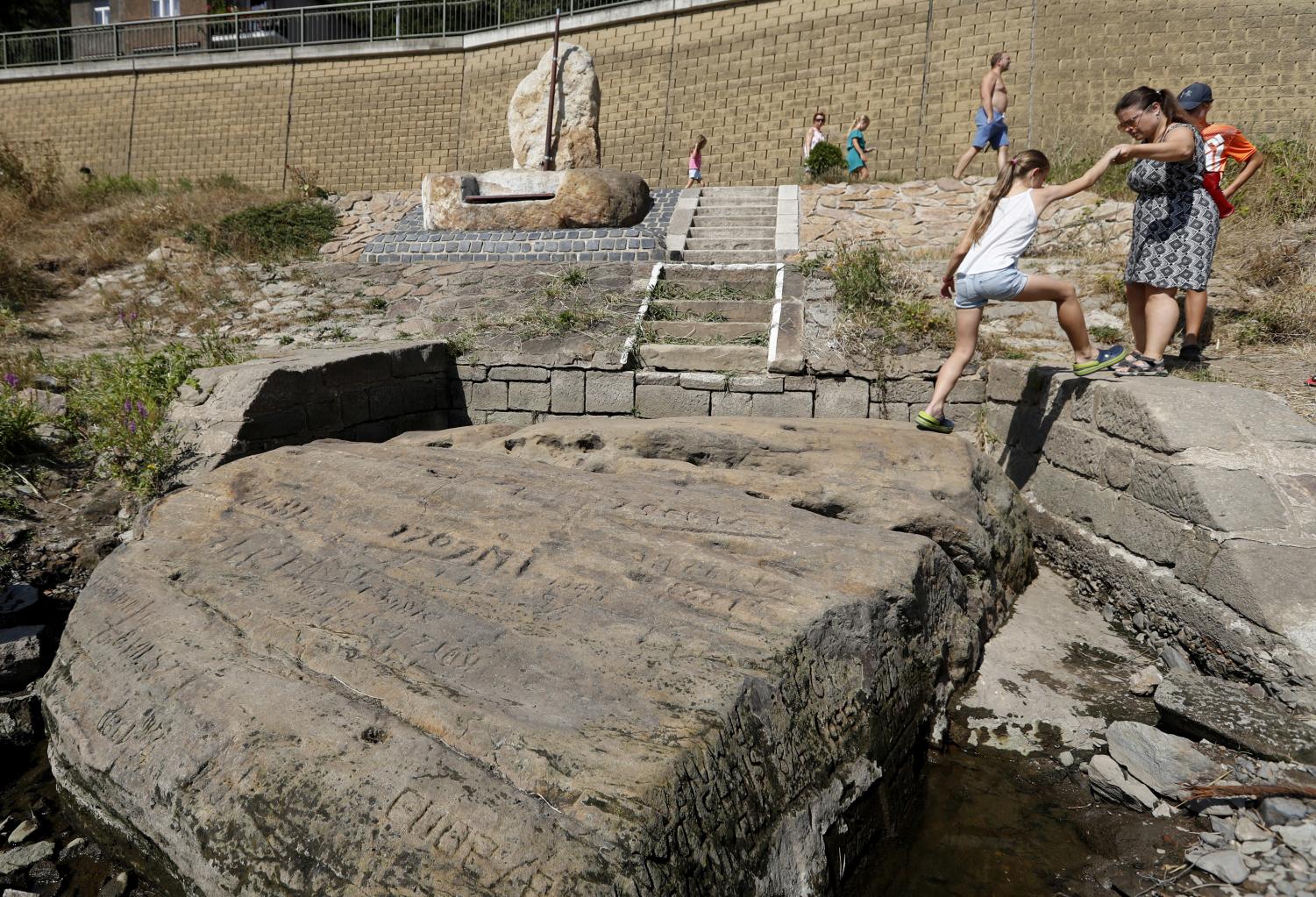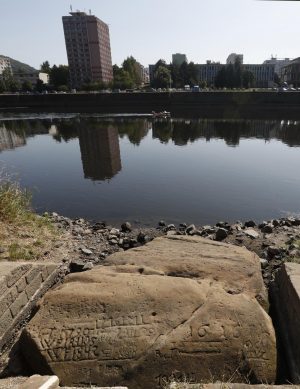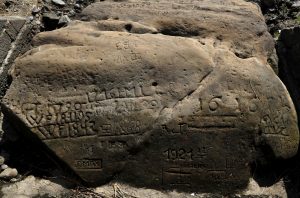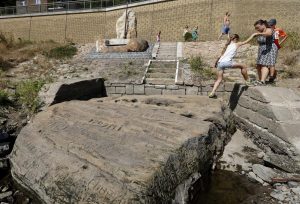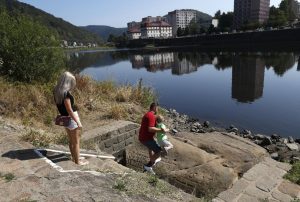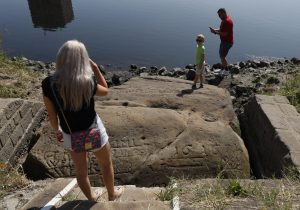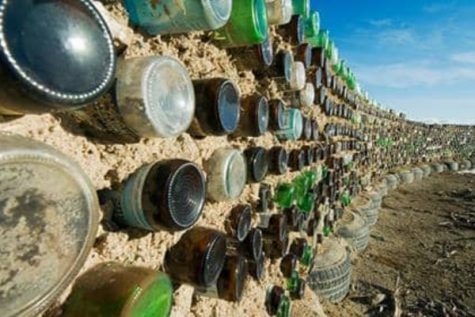SMART NEWS: Summer drought in Central Europe reveals ancient “hunger stones.”
Dozens of carved stones that border along the rivers near the Czech town of Decin, are exposed due to do
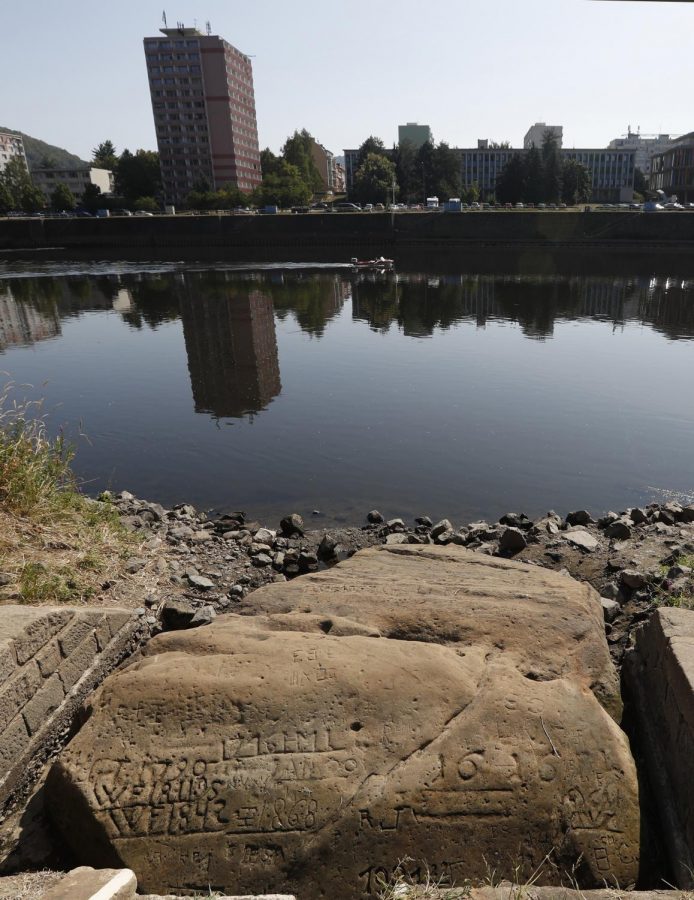
DECIN, Czech Republic— Due to this summer’s drought in Central Europe, boulders known as “hunger stones” are reappearing in the Elbe River. Due to scorching temperatures, the water in the river has dropped significantly, revealing boulders that were once used to record low water levels. The levels record more than one drought and the earliest drought recorded is attached in at 1616.
The low water levels in the river that begins in the Czech Republic then crosses Germany into the North Sea has exposed stones on the river bed whose appearances in history used to warn people that hard times were coming.
Over a dozen of the hunger stones, chosen to record low water levels, can now be seen in and near the northern Czech town of Decin near the German border.
But hunger stones did more than simply document drought: They also lamented difficult conditions and let people know that trouble was afoot. One of the rocks, for instance, “expressed that drought had brought a bad harvest, lack of food, high prices and hunger for poor people,” according to a 2013 study of drought in Czech lands. A German inscription on the same rock reads: “When you see me, weep.”
The stone, is considered the oldest hydrological landmark in Central Europe. This particular hunger stone has become a well-known tourist attraction in the Czech Republic, according to NPR’s Camila Domonoske.
It is among the oldest hydrological landmarks in Central Europe and, due to a dam that was built on a tributary of the Elbe in 1926, the rock can be seen approximately 126 days each year. But the low water levels in the Elbe today are nevertheless “exceptional,” Domonoske writes. Earlier this month, the Local reported that the river had reached its lowest levels in more than half a century.
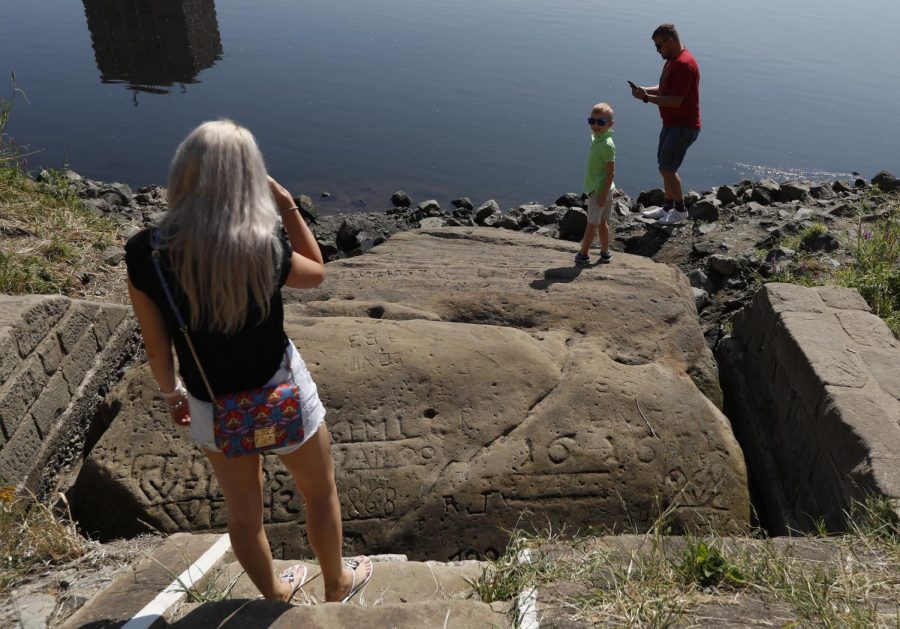
Throughout the summer, unusually hot and dry weather in Europe has revealed a slew of archaeological treasures, from a prehistoric henge in Ireland, to an ornate 17th century garden in England, to a lost German village once submerged underwater.
The hunger stones are not the first sunken relics to resurface in the Elbe this summer. Earlier this month, receding waters exposed unexploded bombs that may have been dumped in the Elbe after WWII.
Scientists are particularly concerned about the current European heatwave because its increased intensity has been linked to climate change. However, the dates listed on the hunger stones suggest that continental droughts have been a semi-regular occurrence.
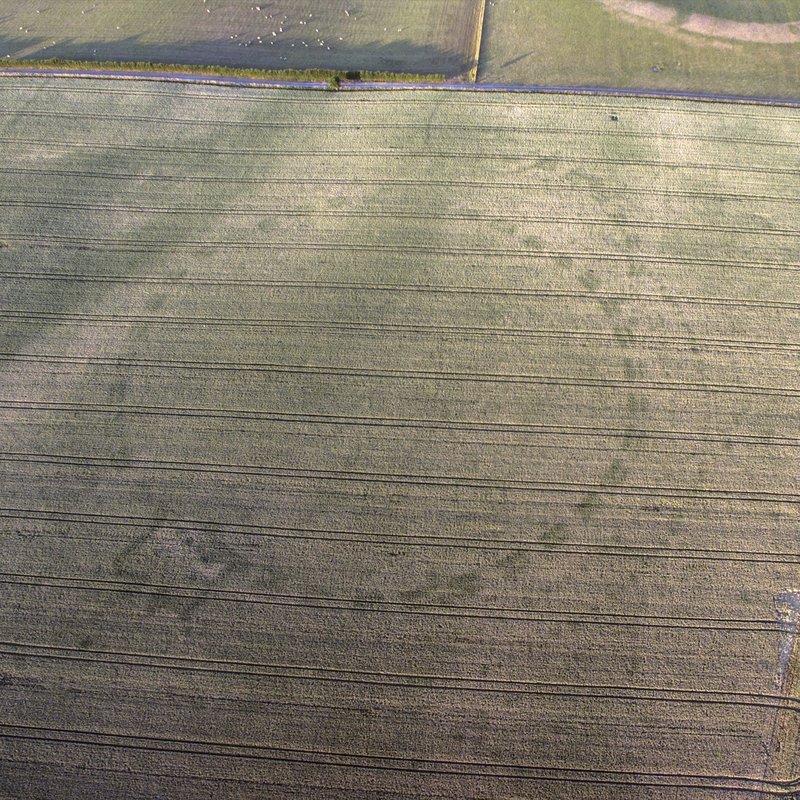 A recent study, in fact, found that while 21st century droughts are “the most extreme droughts driven by precipitation deficits during the vegetation period,” they have not been as long or as severe as some of the historic droughts that have struck Europe over the past 250 years.
A recent study, in fact, found that while 21st century droughts are “the most extreme droughts driven by precipitation deficits during the vegetation period,” they have not been as long or as severe as some of the historic droughts that have struck Europe over the past 250 years.
It is perhaps little wonder, then, that the Czech hunger stones bear ominous messages of impending troubles.
Read more: https://www.smithsonianmag.com/smart-news/hunger-stones-emerge-drought-parched-czech-river-180970130/#HqP77yYHdP6CFwiF.99
Give the gift of Smithsonian magazine for only $12! http://bit.ly/1cGUiGv
Follow us: @SmithsonianMag on Twitter
Read more: https://www.smithsonianmag.com/smart-news/hunger-stones-emerge-drought-parched-czech-river-180970130/#HqP77yYHdP6CFwiF.99


